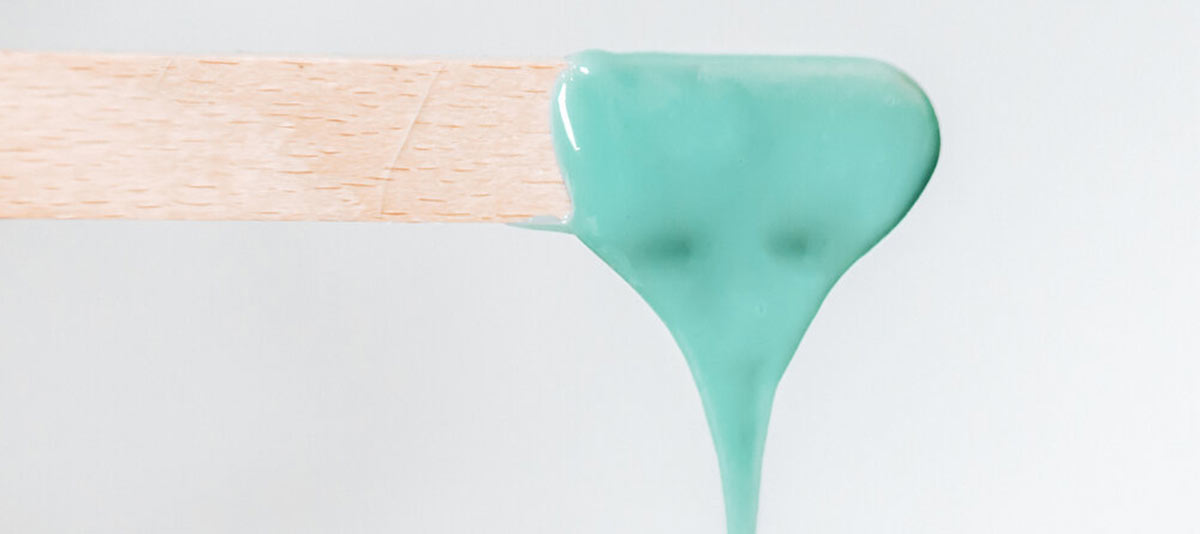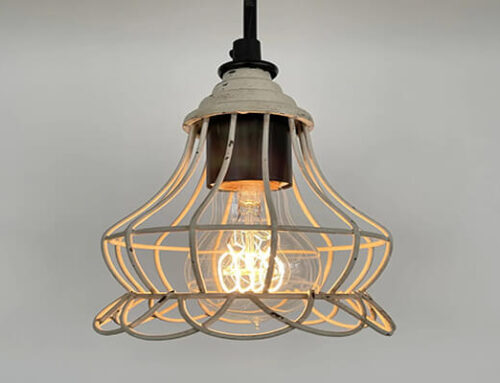If you’re looking to expand your horizons as a cosmetologist, using hard waxes in your services could be the perfect way to not only deliver stunning results for clients but also add to your own expertise.
Hard wax is one of the most popular waxing mediums for beauticians. It works its magic by attaching itself only to the hair follicle and not to the skin. This provides the client with relatively painless hair removal, leaving the skin hair-free for longer.
Hard wax is popular because you don’t need strips, so it’s less overhead and easier to work with than other types of wax.
So what is hard wax good for and how to use it? Today, we will not only show you some hard wax tips but also show you how to apply hard wax like a pro.
To allow you to expand your craft, enhance your customer experience, and increase sales, we’ll start with an in-depth course on how to make a bulb, optimal hard wax application techniques, and removal practices to protect your skin.
Then we have everything from waxing experts to hair removal gurus with all the bells and whistles!
1. How do you use hard wax?
When using hard wax, use only the highest quality formulations and give your skin proper pre-wax care before and after waxing for the best results.
Always use the correct waxing temperature, which will be stated on your hard wax bag, and make sure the heater you use is compatible with your wax and is working at its highest level.
Apply the wax in the direction of hair growth, and remove it parallel to the skin against the direction of hair growth.
Let’s dig into these hard wax tips by detailing how to use each aspect of hard wax.
2. How to Apply Hard Wax
When learning how to use hard wax beans, you need to know how to make wax balls before using them.
A bulb is a buildup of wax around the spatula, created by swirling the wax-like spaghetti on a fork. Your bulb should be the right size for the area you want to wax.
Start by using a spatula to take a small to medium amount of wax, depending on the area you are treating.
Swirl your spatula to make sure your wax isn’t too thick or runny. After picking up the bulb, you should be able to rotate the bulb for at least 2-3 seconds without dripping water.
Your bulbs should slowly come off your spatula like thick buttery honey or molasses. To cool wax to an optimal consistency, lower the heat and hold the bulb while turning.
3. Do you use hard wax to prevent hair growth?
No, it is critical to apply the wax in the direction of hair growth. Place the wax on the highest point of the area you want to wax and work it down in the direction of hair growth, applying even pressure throughout.
4. Hard Wax Application Techniques
When the entire bulb has built up on the skin, you can begin to apply it in the direction of hair growth. Don’t be afraid to go back to your starting point to push in more wax to even out your strips.
Shape the top of your strip into a rounded edge to create your lip and “butter knife” through the bottom of your newly made strip back to your starting point. Make sure the edges are smooth. If you’re not happy with the edges, apply more wax to even out the line.
5. How to Remove Hard Wax
Your wax application is your removal setting. Laying down a wax strip of thickness, even pressure, and forming a lip will determine your removal process. When removing the strap, do not pull it up or out, keep it as still as possible. To avoid pulling the skin away from the body, remove the wax in the opposite direction of hair growth (parallel to the skin). You need to hold the skin so it doesn’t “come with the hair you’re trying to pull out” causing unnecessary pain to your client.
1) After wax setting:
- Flick or pinch lips between index finger and thumb.
- Remove the wax strip in the opposite direction of hair growth by pulling the skin taut with your other hand.
- Immediately apply pressure with your free hand to the client’s skin to relieve any discomfort they may feel during removal.
2) Other hard wax tips:
- If you need to use a cleaning strip, do the same motion as above but in the opposite direction. You will remove the strip in the direction of hair growth.
- Keep an eye on changes in your skin. If a client feels too hot, sweats, or oils excessively, or their skin becomes overly irritated, address it immediately.
- If not all hair comes out when you wax, you may need to adjust the pressure level you use. To fully adhere the wax to the hair, apply more pressure.
6. Take Hard Wax to the Next Level
Now that you know the best hard wax application techniques, it’s time to highlight everything else you should know about how to apply hard wax like a pro. In order to separate the pros from those who make more money, here are some support hard waxing tips. money and see more as a waxing pro. Repeat business!

7. Use only high-quality hard wax
The main goal of any hair removal service is to provide even, long-lasting results. When you are learning how to use hard waxes, use only high-quality waxes and the best formulations for your service and your client’s skin and hair type.
Poor-quality wax can tear or crack or cause skin damage. So if you need to save on salon costs, look elsewhere for discounts and use only the best waxing products.
Afterward, be sure to tailor your wax formulations to the services you are providing, the skin/hair types you are dealing with, and the specific concerns, needs, and wishes of your clients.
There are so many great waxing formulas out there these days – there’s no reason not to carry at least two waxing formulas to suit every need. Some of the best combinations include:
- One wax for normal skin and one for sensitive skin.
- One wax for facial hair and one for body hair.
- One general-purpose wax and one specialty wax.
It is important to have main wax formulations in your range that will give your clients amazing results, as well as special formulations to meet all the needs of your clients, no matter what their hair or skin type.
1) Benefits of Using Multiple Wax Types:
- Provide product knowledge
- Expand your wax skills
- Allows for tailor-made services for each client
- Provide more topics about waxing knowledge to increase sales and future bookings
- Improve customer experience
- it keeps you on your toes
2) How to educate your clients on pre and post epilation care:
Most of your clients’ bad waxing side effects come from their lack of proper pre- and post-waxing care. If you fail to emphasize proper wax care, you increase your clients’ chances of hair loss, ingrown hairs, and even allergic reactions. It is your responsibility to have them help you keep your skin clear and lump-free between appointments. Your clients want silky-smooth skin, but there always seems to be something getting in the way.
8. How to prepare hard wax?
- Avoid excess alcohol, caffeine, sugar, white flour, fried foods, or saturated fat, but drink plenty of water before waxing.
- Exfoliate with a dry brush and/or gentle scrub
- Avoid excessive sun exposure
- Take anti-inflammatory drugs an hour before
1) Know Your Wax: Temperature, Formulation, Movement, Spreadability
Before you can master how to apply hard wax, you need to master the formula used. That means knowing its application temperature, its consistency, and how it moves, spreads, and cools on the skin and hair.
In these hard wax application tips, we will provide you with our thin film hard wax statistics to highlight how to apply hard wax according to its formulation.
2) Pre-, post- and home care:
In the service process, be sure to use the correct waxing care products and techniques according to the needs of customers. Avoid strict “functionality”.
What are the core elements of skincare? For example, dehydration of the skin can increase hair breakage or irritation. Oily skin or excessive sweating can cause uneven waxing times, and sensitive skin may cause intense irritation or lifting.
In choosing and recommending wax products and techniques, you should acknowledge these things.
Grow your hard wax reprocessing as discussed in the preparation steps. Consult with clients to determine their skincare habits, post-wax education, and lifestyle to determine the best post-wax prescription.
Based on what you know about them and their skin and waxing needs, share with them everything you’ll share with them after they’ve waxed.
9. Final Thoughts
When learning how to use hard wax like a pro, you will need to experiment and use many products and techniques before you can decide what works for you.









Leave A Comment